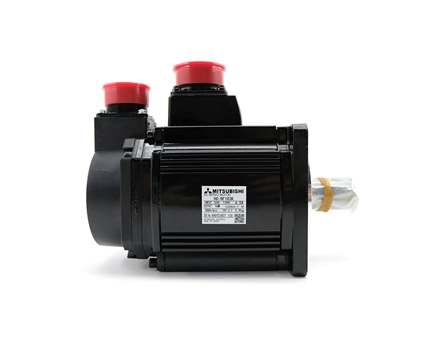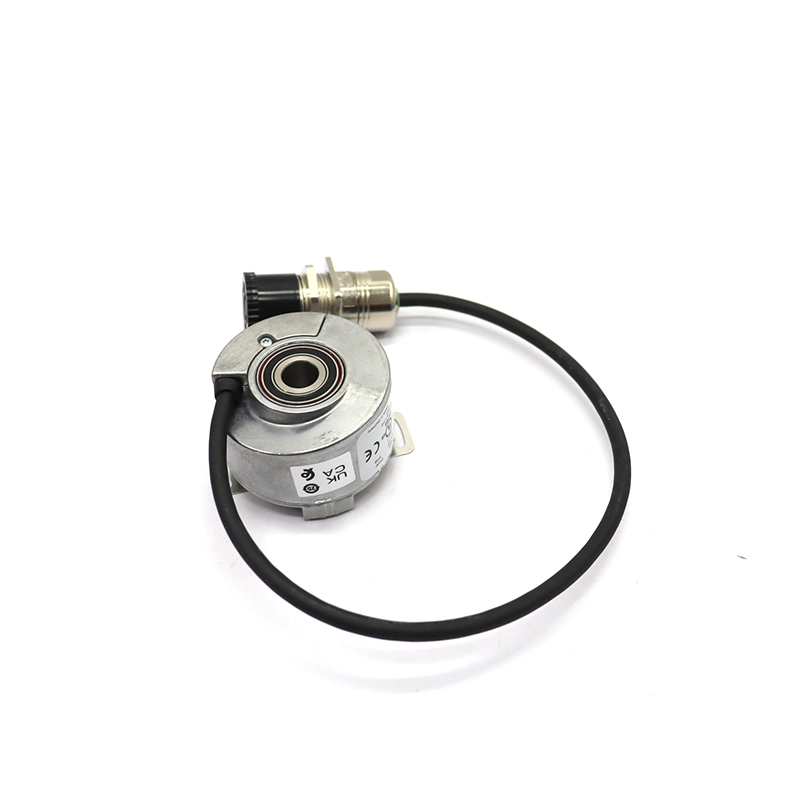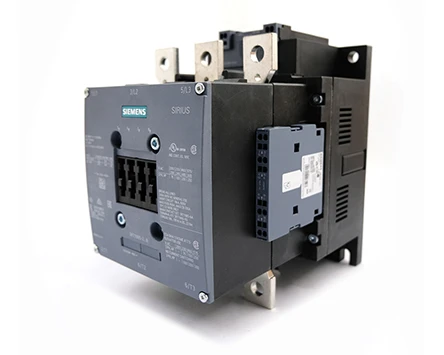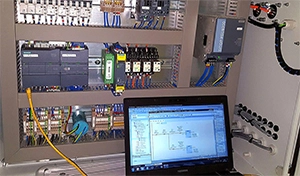
rinted circuit boards are providers of electrical connections for electronic components, which are often represented by "PCB". Different printed circuit boards are widely used in various electronic devices. For many modern electronic products, they are the foundational building block. No matter in your garage door opener or in your smart watch, even in super computers and servers, various printed circuit boards including simple single layered boards, six layer board, high-speed circuit boards etc. can be assembled onto it. In this article, we will take you understand more about multifunctional printed circuit boards.
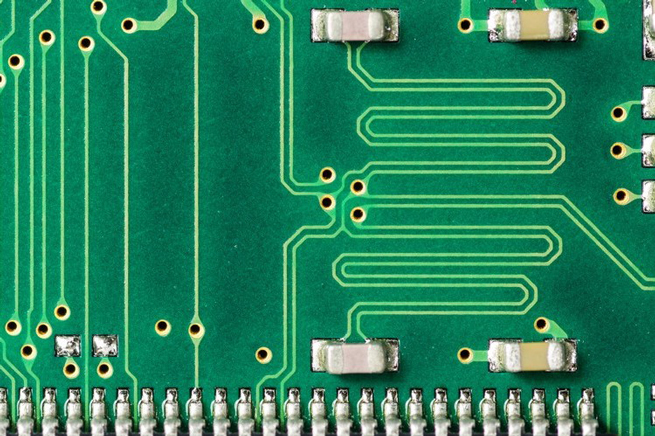
Before the advent of printed circuit boards, the interconnection between electronic components relied on the direct connection of wires to form a complete circuit. Nowadays, circuit panels exist only as effective experimental tools, and printed circuit boards have become an absolute dominant position in the electronics industry. In the future, the development trend of printed circuit board manufacturing technology is to develop in the direction of high density, high precision, fine aperture, fine wire, small pitch, high reliability, multilayer, high-speed transmission, light weight, and thinness in performance. According to the number of circuit board layers, printed circuit board can be divided into single-sided circuit board, double-sided circuit board, four-layer board, six-layer board and other multi-layer circuit boards.
Since the printed circuit board is not a general terminal product, so the definition of the name is a little confusing. For example, the mother board used in personal computers is called the main board and cannot be directly called the circuit board. Although there are circuit boards in the main board, but they are not the same, so when evaluating the industry, the two are related but cannot be said to be the same. Because there is integrated circuit components mounted on the circuit board, the news media call it an IC board. But in fact it is not equivalent to a printed circuit board. The printed circuit board we usually say refers to a bare board. That is to say, it is a circuit board without upper components.
1. Due to the repeatability and consistency of the graphics, the errors in wiring and assembly are reduced, and the maintenance, debugging and inspection time of the equipment is saved.
2. The design can be standardized, which is conducive to interchange.
3. The wiring density is high, and the volume is small, and the weight is light, which is conducive to the miniaturization of electronic equipment.
4. It is conducive to mechanization and automated production, which improves labor productivity and reduces the cost of electronic equipment. The manufacturing methods of printed boards can be divided into subtractive and additive type. At present, large-scale industrial production is still dominated by the method of corroding copper foil in the subtractive method.
5. For the bending resistance and precision of the FPC flexible circuit board, it is better applied to high-precision instruments, such as cameras, mobile phones and video cameras etc. The substrate is generally classified by the insulating part of the substrate.
 English
English 日本語
日本語 한국어
한국어 français
français Deutsch
Deutsch Español
Español italiano
italiano русский
русский العربية
العربية Türkçe
Türkçe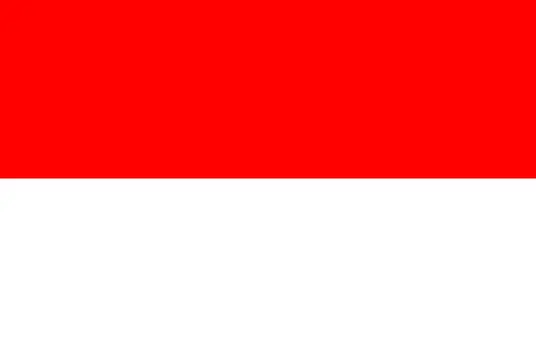 Jawa
Jawa